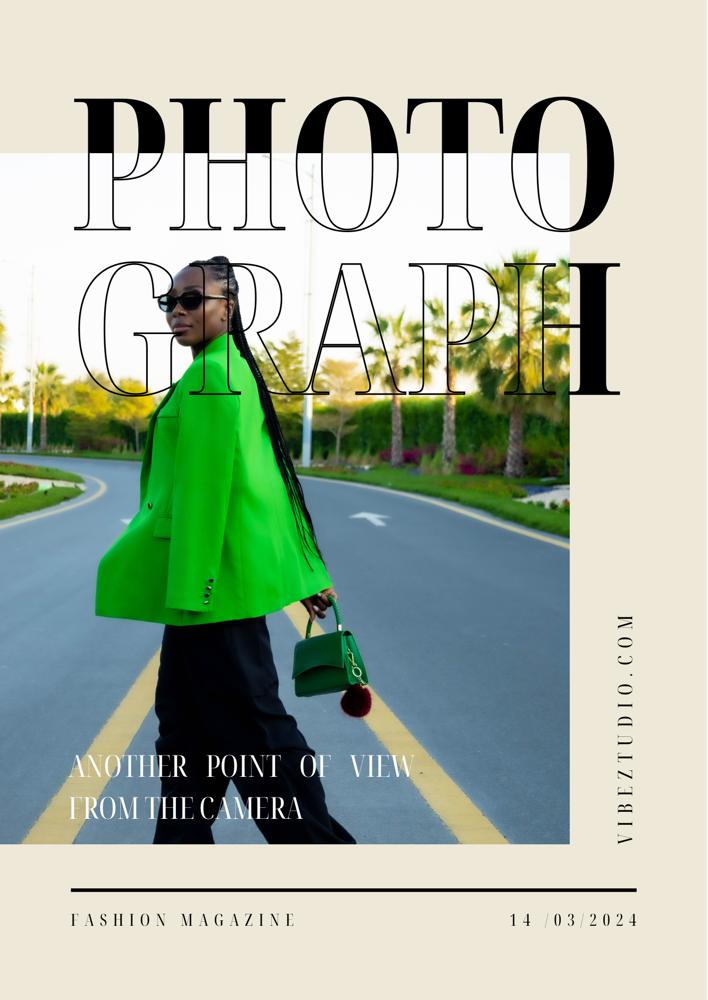Fashion photography for magazines plays an important role in the fashion industry as it works to set trends and influence consumer behavior. By featuring the latest styles on attractive models in beautiful imagery, fashion magazines provide inspiration to readers and introduce them to emerging trends. This shapes readers’ perceptions of what is deemed fashionable and stylish. The elaborate sets, professional lighting and artistic angles used in magazine fashion shoots glamorize different looks and mainstream certain aesthetics.
Readers feel motivated to emulate these photographed styles and often purchase items they’ve seen promoted through magazine spreads. Over time, if certain looks are featured frequently enough through fashion photography in top magazines, they can eventually become trends that are widely adopted by the public. In this way, fashion photography acts as a barometer for what is on-trend and deems what is considered fashionable by aiding in the flow of new styles from high-end runways down to the mass market.
Understanding the Magazine’s Audience
Fashion magazines aim their content at specific target demographics to appeal to their preferred readership. The ideal consumer of most generalist women’s fashion magazines is typically between 18-34 years old. The audience skews female but some titles also attract male readers interested in style. Readers in this demographic are social media-savvy, interested in the latest trends, and open to self-expression through their outward appearance and personal style.




Likely pursuing higher education or early career opportunities, this age group has relatively high discretionary income that they feel comfortable spending on attractive clothing, accessories, beauty products and more. In order to attract affluent advertisers, magazines profile fashion-forward readers with active lifestyles, strong purchasing power, and the willingness to adopt new looks regularly supported by the magazine’s editorially-covered designers and retailers.
Hire The Best Event Photographer In Dubai
Collaborating with Stylists and Designers
Creating captivating fashion spreads requires seamless collaboration between photographers, stylists, and designers. Photographers are responsible for the overall visual story and mood, but they rely on strong direction from magazine staff in bringing the publication’s vision to life. Stylists work closely with both photographers and brands to curate wardrobes that fit the planned photographic style and theme. They ensure outfits, accessories, hair, and makeup all work together cohesively to enhance the narrative. Designers provide key pieces and give creative direction to stylized shoots representing their aesthetics.
Coordination is essential to communicating these voices uniformly. The finished product must look professionally produced and stylishly consistent without seeming rigid or over-planned. Through collaborative pre-production meetings and ongoing discussion on set, these visual teams ensure each element like location, lighting, poses and details intentionally supports the desired message. Their cooperative efforts are necessary to effectively portray the magazine’s fashion perspective through high-impact, artfully-executed photography.
Here are some additional points about collaboration in fashion photography:
- Photographers and stylists often storyboard shoots in advance to achieve the right flow between outfits. This level of pre-visualization helps capture cohesive shots.
- Designers may provide full confidential collections to magazines ahead of season launches. This allows very recent looks to feature exclusively.
- Hair and makeup artists are briefed on the desired aesthetics so they can complement rather than clash with wardrobe/location/mood.
- Props and set design are carefully considered to enhance rather than distract. Details portray the intended narrative.
- Music playlists may be curated to set the right vibe during shoots.
- Test shots are reviewed collaboratively to determine lighting adjustments or outfit swaps.
- Captions are drafted to clearly sell and brand the designers/products while reinforcing the publication’s point of view.
- Post-production editing involves close collaboration, as digital effects should align with the communicated aesthetic.
- Campaign images may feature the logos/branding of specific designers/retailers prominently to strengthen partnerships.
- Social media marketing of the final spreads credits all involved parties to showcase successful teamwork.
Choosing the Right Location and Setting For Fashion Photoshoots
The location chosen for a fashion photo shoot is very important in conveying the desired narrative and mood. Urban backdrops like gritty alleys or ornate architecture imbue a sense of sophistication and complexity. Natural environments ranging from beaches to forests impart a relaxed or free-spirited feel.



Pin-sharp studio setups against blank backdrops allow the outfits themselves to take center stage without distraction. More thematic locations like cultural landmarks or conceptual sets also provide context that enhances the story. No matter the venue, photographers scout areas offering ideal lighting, usable angles and visually interesting backdrops to profoundly influence the portrayed atmosphere. The location becomes another element intentionally selected to strengthen the communication of each magazine spread.
Read More: Fashion Photography Trends
Lighting Consideration
Photographers must consider whether natural light from windows, the sun or outdoor ambiances best suit their creative vision. Working with natural light poses challenges like unpredictability but can yield beautiful soft illumination. Alternatively, artificial lighting setups offer complete control. Studio flashes, continuous lights and reflector give photographers power over shadow placement, contrast and emphasis on textures.
They sculpt definition and capture sharper shots. Photographers also use lighting setups and placement, along with camera settings, to evoke certain feelings from whimsical to sensual. Props and backdrop features are brought into the frame, when applicable, to strengthen the story being told through composition and angles. Intentionally incorporating urban textures into shadows or bouncing light off architecture imbues images with polish and depth.
Directing Models for Dynamic Poses and Expressions
Directing models requires effective communication to achieve the desired creative vision. It is important to clearly describe the intended pose, emotion, or attitude while also giving the model freedom within that framework. Too much direction can make the poses feel stiff or unnatural, while too little leaves the model unsure of how to perform. The best approach is to view the model as a creative collaborator.


Provide clear descriptions of your goals, but encourage natural movement and expression within that scope. Demonstrate poses yourself if needed and give positive feedback to reinforce successful interpretations. Make corrections gently by suggesting alternatives rather than harshly criticizing. Cultivate an atmosphere of comfort, playfulness and experimentation on set. Models should feel empowered to make small adjustments and additions. With a balanced approach that combines direction with spontaneity, models can confidently inhabit emotive scenarios and produce striking yet realistic images.
Showcasing Fashion Products Effectively
When photographing clothing and accessory items, careful product presentation is important to highlight design details and entice potential customers. Take the time to properly style and fit garments on models prior to the shoot. Ensure seams and hems are straight, zippers and closures securely fastened. Pay close attention to how fabric drapes and moves on the body. Small tweaks can make a big difference in the final images.
During shooting, use diverse framing, lighting, and perspectives to draw attention to particular aspects of each item. Get tight shots of special textiles, patterns, hardware, or embellishments. Wider angles can provide context for how pieces layer or mix and match together. Tell a mini story through location, expressions, and poses that evoke the lifestyle or personality suggested by the designs. Accessories should complement rather than compete with main products.
Incorporating Diversity and Inclusivity
Fashion photography is most effective when it reflects the true diversity of the world we live in. All individuals deserve to see themselves positively represented. Creating inclusivity requires thoughtful collaboration with models across body types, races, ethnicities, sizes, abilities, gender identities and more. It means featuring varied beauty standards that celebrate natural and cultural characteristics without judgment.
Photographers should actively seek out diverse talent instead of limiting themselves to narrow stereotypes. Creative team members from varied backgrounds also help bring fresh perspectives. Images should avoid stereotypical props, settings or poses for any group. Positive body image is promoted by focusing on smiles, talent, unique styles rather than physical attributes alone. Subtle acts like these spread representation throughout the industry.




For high quality fashion and advertising photography in Dubai, look no further than Vibeztudio.
Over the past years, we have worked with dozens of fashion, jewelry and accessory labels to help grow their businesses in the Middle East and beyond. Our versatile studio spaces can be adapted to any aesthetic, and our team brings extensive expertise in styling, lighting and creative direction.
If you are looking to produce stunning catalogues, Instagram content or brand campaigns, let our passionate and professional crew help bring your visions to life. Contact us today to discuss your upcoming project needs and schedule a time for your Dubai shoot. We look forward to collaborating and helping tell your brand’s story through powerful, impactful visuals.

